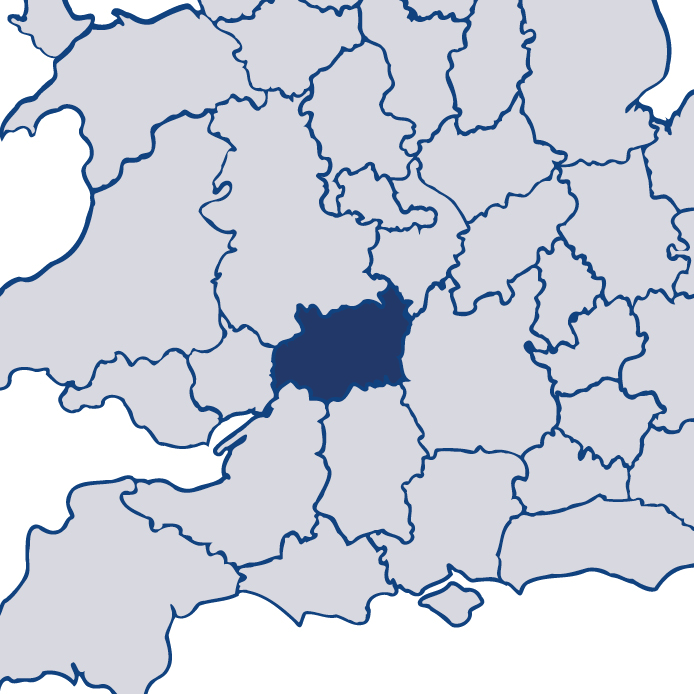Gloucestershire 2018/19
Read more about GloucestershireThis is HMICFRS’s fifth PEEL (police effectiveness, efficiency and legitimacy) assessment of Gloucestershire Constabulary. PEEL is designed to give you information about how your local police force is performing in several important areas, in a way that is comparable both across England and Wales, and year on year.
Gloucestershire Constabulary was inspected in tranche one and we found:
the extent to which the force is effective at reducing crime and keeping people safe is good.
the extent to which the force operates efficiently and sustainably is good.
the extent to which the force treats the public and its workforce legitimately is good.
Download the full report
PEEL: Police effectiveness, efficiency and legitimacy 2018/19 – Gloucestershire Constabulary
HMI's observations
I am pleased with most aspects of Gloucestershire Constabulary’s performance in keeping people safe and reducing crime. But it needs to improve in some areas to give a consistently good service.
The force is good at preventing and investigating most types of crime. It works effectively with partners to identify and protect vulnerable people. However, while the force has made progress in relation to serious and organised crime, it must do more to increase its understanding of it and target its resources where harm is most likely.
The force understands its demand well. It uses this information to develop financial and workforce plans for the future.
Senior leaders support the workforce. They encourage a culture of continuous learning and ethical behaviour.
Overall, I commend Gloucestershire Constabulary for the progress it has made over the past year. This gives a good foundation for continuing improvement in the year ahead.
Effectiveness
How effectively does the force reduce crime and keep people safe?
Efficiency
How efficiently does the force operate and how sustainable are its services to the public?
Legitimacy
How legitimately does the force treat the public and its workforce?
Other inspections
How well has the force performed in our other inspections?
In addition to the three core PEEL pillars, HMICFRS carries out inspections of a wide range of policing activity throughout the year. Some of these are conducted alongside the PEEL inspections; others are joint inspections.
Findings from these inspections are published separately to the main PEEL reports, but are taken into account when producing the rounded assessment of each force's performance.






